Pride of Place: Two deprived Norwich areas to share £40m
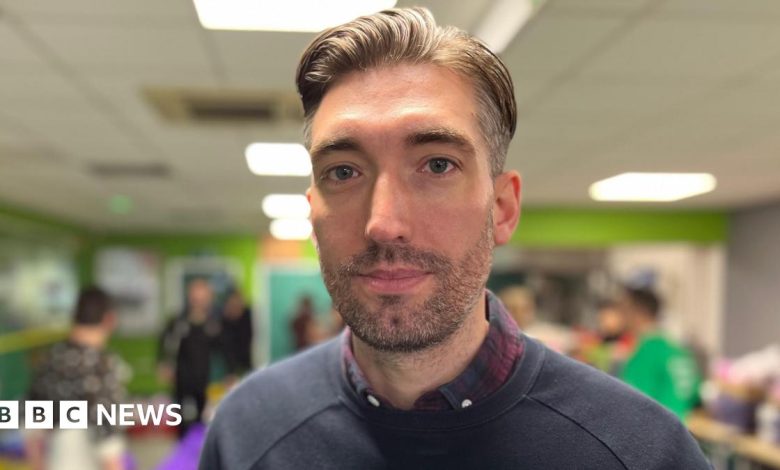
Revitalizing Heartsease and Bowthorpe: Community Challenges and Hope for Renewal
The communities of Heartsease and Bowthorpe in Norwich are facing significant challenges that reflect the broader issues affecting many urban neighborhoods across the UK. In Heartsease, local business owner Anne Martin has been vocal about the deteriorating conditions that are affecting both the area’s appeal and the community’s well-being. As the proprietor of Great Eastern Models on Plumstead Road, Martin witnesses firsthand how the absence of basic amenities and proper maintenance has contributed to a cycle of neglect. She points to run-down bus stops, lack of seating areas, rusting railings, and the absence of essential facilities like public bins, parking spaces, and toilets. This physical deterioration does more than just create an unappealing environment; it fundamentally changes how people interact with and care for their community. When an area begins to look neglected, it often triggers a domino effect where residents and visitors alike show less respect for the space, resulting in increased littering and antisocial behavior. The shabby appearance creates a perception that Heartsease is “rough and ready,” deterring visitors and potentially impacting local businesses like Martin’s.
The situation in Bowthorpe presents a similar yet distinct set of challenges. Daniel Childerhouse, who serves as the chief executive of Future Projects, describes a community with strong bonds but significant socioeconomic difficulties. What makes Bowthorpe’s situation particularly noteworthy is how its problems often remain hidden from the broader Norwich community. Despite its strong community spirit, Bowthorpe residents contend with everyday deprivation and poverty that mirror issues found throughout Norwich but frequently go unnoticed by outsiders and policymakers. This invisibility can exacerbate the challenges, as problems that aren’t widely acknowledged are less likely to receive the attention and resources needed for meaningful solutions. Childerhouse identifies specific areas of concern: education and skills gaps, employment difficulties, and financial hardship severe enough that many families struggle with the most basic necessities of food security and home heating.
These community challenges reflect broader societal issues that extend beyond simple aesthetic concerns. The physical deterioration that Martin describes in Heartsease represents more than just an eyesore; it reflects a gradual withdrawal of resources and attention from public spaces that once served as the heart of the community. When bus stops lack seating, when railings remain unpainted, and when basic facilities like toilets are absent, it sends a message to residents that their daily comfort and dignity are not priorities. Similarly, the hidden poverty that Childerhouse describes in Bowthorpe points to systemic inequalities in how resources and opportunities are distributed throughout Norwich. Families struggling to put food on the table while living in a relatively prosperous city highlights the uneven nature of economic development and the persistent pockets of deprivation that can exist even amid regional growth.
The prospect of a ten-year investment plan for Bowthorpe, which Childerhouse references, offers a glimmer of hope and a potential model for how communities like Heartsease might also address their challenges. Long-term investment is crucial because it acknowledges that the issues facing these communities didn’t develop overnight and won’t be solved with quick fixes. The sustainable approach that Childerhouse envisions would allow the community to build capacity gradually, addressing not just the visible symptoms of decline but also the underlying causes. This could include investments in education and skills development to address employment issues, creation of community facilities that foster social connections, and initiatives to improve the physical environment in ways that encourage community pride and care. The ten-year timeframe also allows for community involvement in planning and implementation, ensuring that changes reflect residents’ actual needs rather than outsiders’ perceptions.
What connects the situations in Heartsease and Bowthorpe is the relationship between physical environment, community perception, and social outcomes. Anne Martin astutely observes the cycle where physical deterioration leads to reduced community pride, which in turn leads to behaviors that further degrade the environment. Breaking this cycle requires interventions at multiple levels: improving the physical infrastructure, changing perceptions of the area among both residents and visitors, and fostering community engagement that gives people a stake in maintaining and improving their neighborhood. Similarly, addressing the hidden poverty in Bowthorpe requires making the invisible visible – acknowledging the struggles of families who might, on the surface, appear to be managing but are in reality facing significant hardship. This recognition is the first step toward developing support systems that can help address immediate needs while also building pathways toward longer-term financial stability.
The experiences of Heartsease and Bowthorpe illustrate that community revitalization is a complex challenge that requires attention to both physical infrastructure and social dynamics. Simple beautification efforts won’t address the underlying issues of poverty and lack of opportunity, while social programs alone won’t overcome the psychological impact of deteriorating public spaces. The most effective approaches will likely combine physical improvements that make these areas more appealing and functional with social and economic initiatives that address the root causes of deprivation. Most importantly, these efforts must involve the community at every stage, drawing on the strong community bonds that Childerhouse notes exist in Bowthorpe and presumably in Heartsease as well. By harnessing this community strength and pairing it with meaningful, sustained investment, places like Heartsease and Bowthorpe have the potential to transform from areas of hidden struggle to vibrant, thriving neighborhoods where both the physical environment and the people who call it home can flourish together.



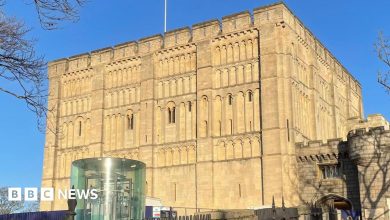

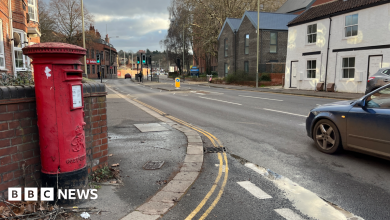
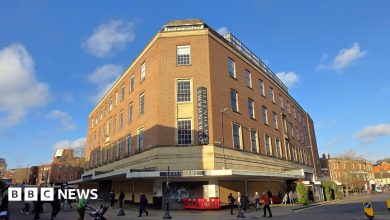
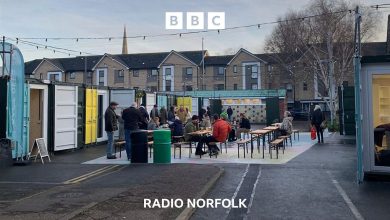
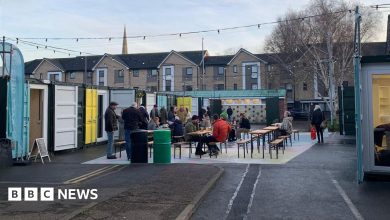
mwe7cp
g9otmq
1o1g2g
hqz3kf
pab7p9
Your article helped me a lot, is there any more related content? Thanks!